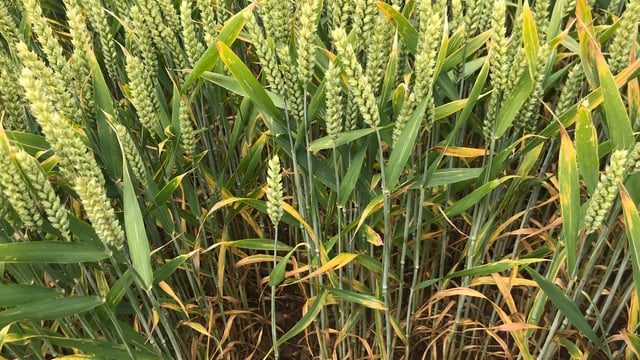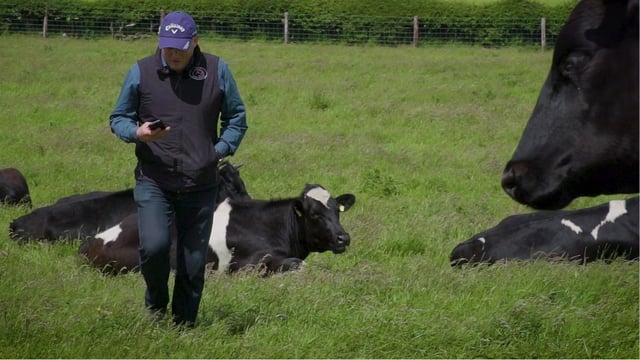Creating a farm plan that secures your future in farming
By James McDonnell, Teagasc farm management specialist
Farmers are a resilient breed; they tend to cope with whatever comes up and manage to continue to stay in business.
There have been many challenges over the last few years: weather; Brexit; and Covid-19 are a few, and with CAP [Common Agricultural Policy] negotiations ongoing and a new deal to start in 2023, it has never been a better time to review your farming business.
By maximising the cheapest feed – which is grass – by applying the correct nutrients at the correct time in the correct quantities, will help you to protect the environment and your pocket from losses.
Secure the correct inputs and avoid last minute purchases and the need to take what is available on the day.
Future for the environment
The next 10 years will see many changes, and will challenge us all; farmers, advisors and industry partners.
Most of us still only think about maximising production and efficiency, and have never really thought about the cost to the environment, and have only thought of these costs in terms of compliance with new laws.
Ireland is struggling to improve water quality; our emissions need reducing, some of our soils are becoming degraded and this trend needs reversing. So as farmers and advisors, there is no better time to start than now, at the beginning of a new year.
Short-term perspectives
By short term, I mean what you are going to do on the farm over the next six months. Most of you can answer that by listing off a number of jobs, some of which are good practice, and some are ‘must do’.
So short term planning should involve writing out a plan and a financial budget to keep your business trading for the next while, with no major investments made without writing a long-term plan.
In most farming systems, the main spending takes place in the springtime, so now is the best time to put a budget together.
Long-term plan
The average age of farmers in Ireland is now close to 60 years of age, so for many, farm retirement and succession planning might be part of the process.
Planning a long distance into the future is difficult and you might find yourself making many assumptions.
Completing this exercise will be a learning experience and once completed, a regular review and making adjustments will help you achieve your plan.
In farming, there are constantly risks that need to be dealt with; poor weather, prices, new regulation, poor health, and interest rates are just some. Writing a long-term plan allows for these risks to be mitigated.
The next part of the process is to include some of the long-term tasks into the short-term list, so that as time passes all the tasks are completed in the allocated time.
This process will be simple enough if the long-term plan is not too ambitious. However, if changing enterprise, or moving to a different system (e.g. organic farming) you will need to develop a transition plan.
The reason for this is that there might be no relationship between the short-term tasks in the operation of the farm and the ultimate future farming operation.
Teagasc advisors spend the early part of the year completing Teagasc profit monitors to help farmers answer the first question.
As the Spanish writer Miguel de Cervantes said: “Forewarned, forearmed; to be prepared is half the victory”.




